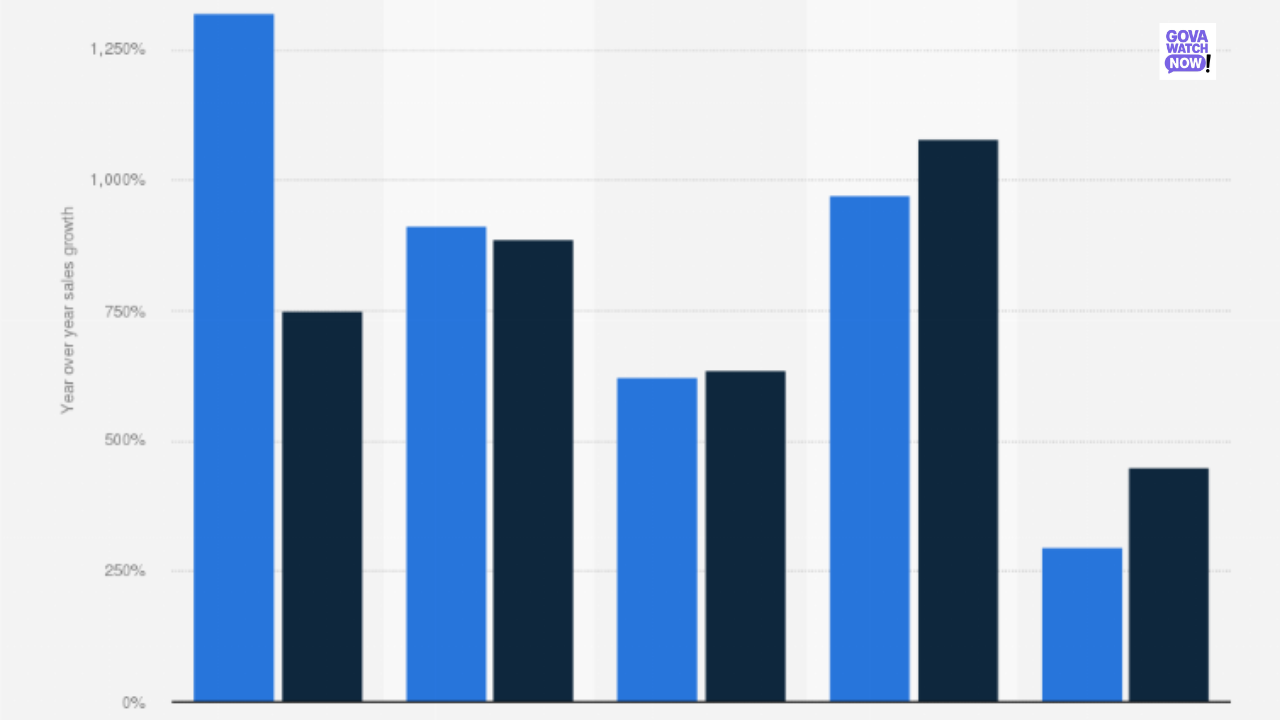In a notable shift, British savers have overtaken their German counterparts in accumulating savings since the onset of the COVID-19 pandemic. This reversal marks a significant change, as Germany has long been recognized for its robust savings culture. The surge in UK savings is attributed to various factors, including heightened financial uncertainty, increased caution among consumers, and a shift in spending habits.
During the pandemic, British households experienced a substantial increase in disposable income due to reduced spending opportunities, such as limited travel and entertainment options. This led to a significant rise in savings rates, with many individuals opting to bolster their financial security. In contrast, German households, while traditionally known for their savings discipline, did not exhibit the same level of increase during this period. Factors such as different economic structures, consumer behaviors, and government policies may have contributed to this disparity.
The shift in savings patterns has implications for economic recovery and growth. In the UK, the increased savings have provided a cushion against economic shocks and have the potential to support future consumption and investment. However, the challenge lies in translating this accumulated savings into sustained economic activity, as high savings rates can sometimes dampen immediate consumer spending.
Economists suggest that the UK’s ability to maintain and effectively utilize these savings will be crucial in determining the pace and sustainability of its economic recovery. Strategic policies aimed at encouraging investment, supporting small and medium-sized enterprises, and fostering innovation could help channel the increased savings into productive economic activities.
In summary, the post-pandemic period has seen a significant shift in savings behaviors, with British savers leading in accumulation compared to their German counterparts. This trend underscores the evolving economic dynamics and highlights the importance of strategic policy measures to harness the potential of increased savings for long-term economic growth.




